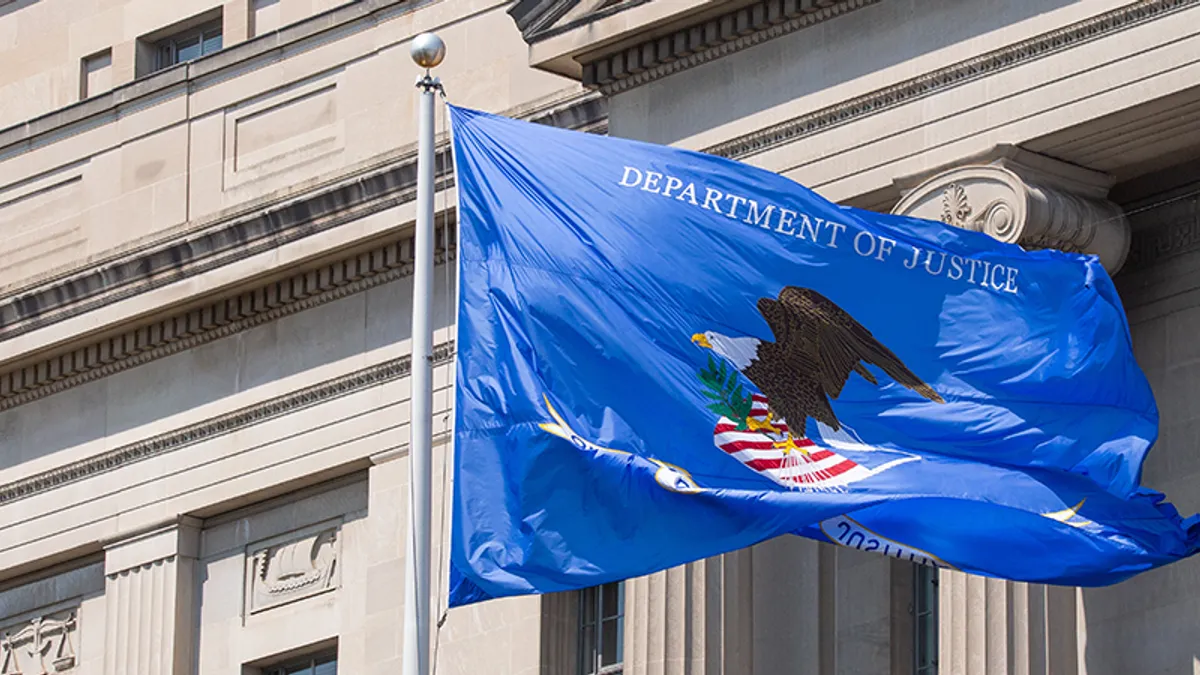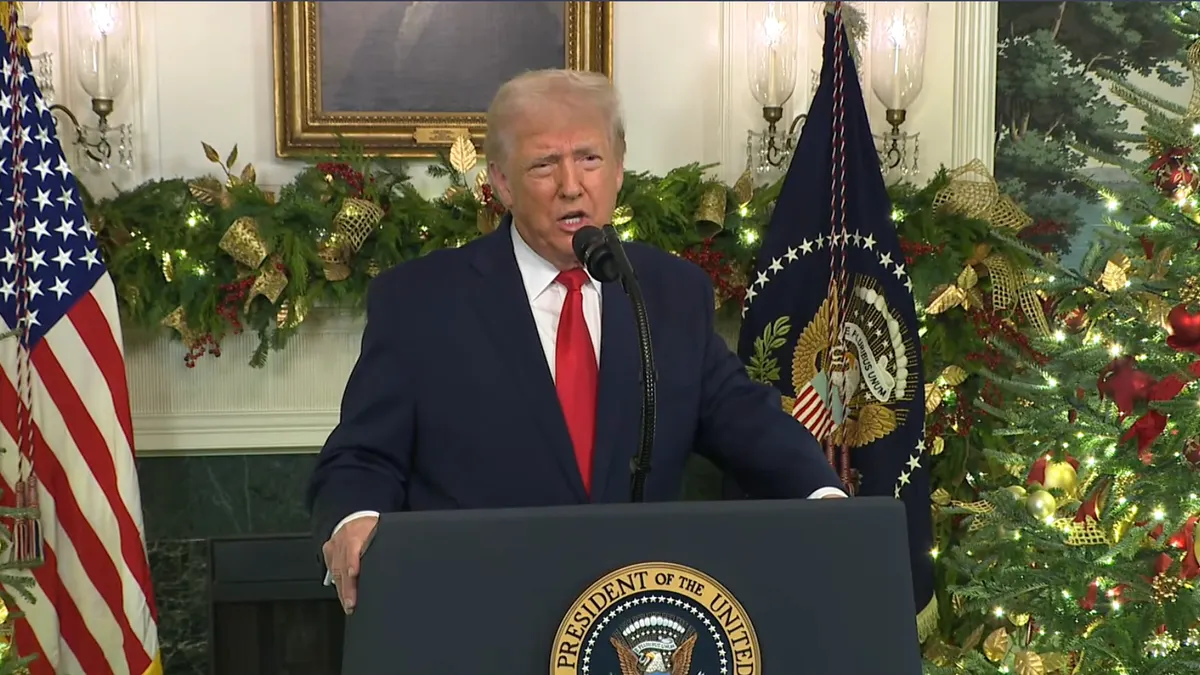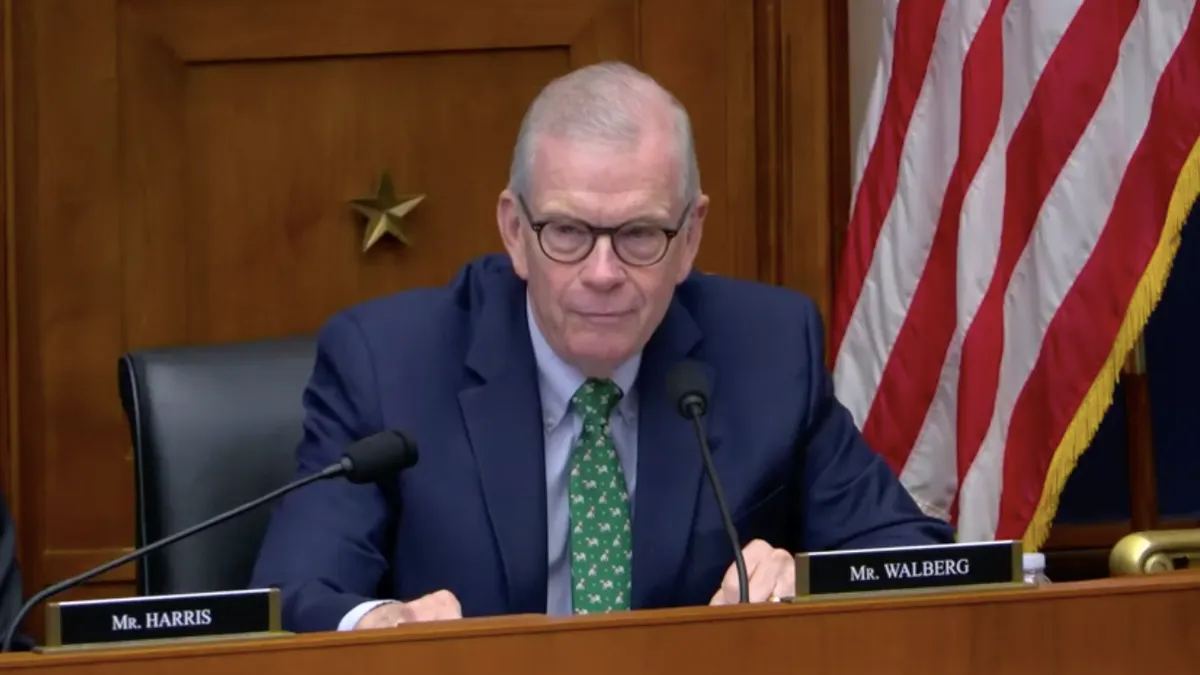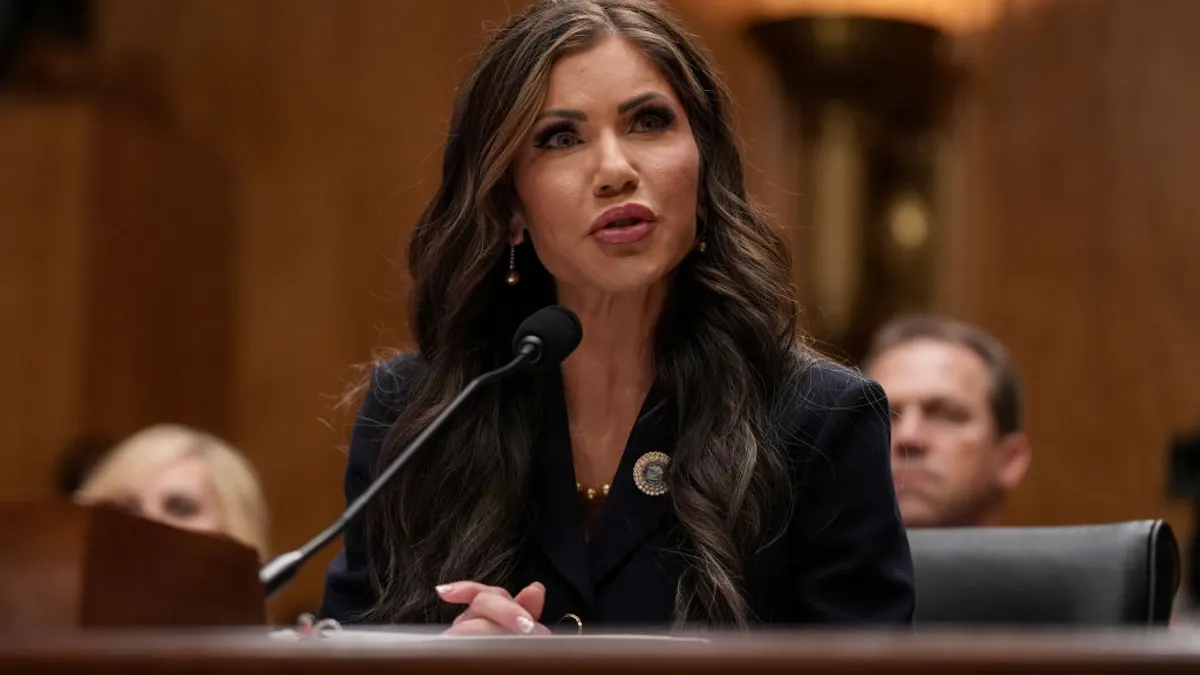There was no plan for triage. Children with bullet wounds were put on school buses without medical attention, while victims who had already passed away were taken to the hospital in ambulances. One teacher with a bullet wound was treated on a sidewalk, where she died. Family members waited for hours without updates — and in some cases were given inaccurate information that their loved ones were alive when, in fact, they were dead.
These were just some of the "cascading failures" of first responders at the Robb Elementary School massacre in Uvalde, Texas, detailed by U.S. Department of Justice officials on Thursday alongside a new report.
The department's report also detailed a lack of coordination between local law enforcement and the school, as well as many other issues in the school's safety and security preparation leading up to the day of the shooting in May 2022.
Some of these factors contributed to the lengthy 77 minutes that it took for law enforcement to reach and kill the shooter, the report found.
The highly anticipated 575-page report is the most comprehensive review to date of the May 2022 school shooting that left 19 students and two teachers dead.
“Officers on scene should have recognized the incident as an active shooter scenario and moved and pushed forward immediately and continuously toward the threat until the room was entered, and the threat was eliminated," the report said. "This is the single most critical tactical failure in the incident response."
Instead, first responders shifted from an active shooter approach to a "barricaded suspect" operation and delayed action as the shooter continued killing elementary school students and their teachers. The Justice Department's Office of Community Oriented Policing Services confirmed that it took 77 minutes to stop the 18-year-old shooter.
“The response to the May 24, 2022, mass casualty incident at Robb Elementary School was a failure,” the report concludes.
What the Justice Department found
The damning report is official confirmation that school officials and law enforcement blundered their response. The investigation included speaking to administrators, principals, teachers, school police officers and districtwide staff, among many others. The Department of Justice also reviewed the Uvalde Independent School District's policies and procedures.
"Most failures in response can be traced back to failures in pre-incident planning and preparation, and this is true in the mass casualty incident at Robb Elementary School," the report states.
The investigation raised multiple issues with the law enforcement and Uvalde district's safety planning and response.
District safety planning and response:
-
Campus safety teams did not meet often.
-
Yearly safety plans were based mostly on information that was sometimes inaccurate.
-
Many district staff were unaware of school campus safety teams or emergency plans for their campuses.
-
The superintendent was not directly involved in the safety planning or school police training leading up to the shooting, instead relying on another district administrator who served as a liaison.
District Police Department practices and response:
-
The school police chief was hired without input from anyone with professional experience in hiring school safety and security police.
-
The school police department did not have standard operating procedures at the time, and many staff — including administrators and police officers — had no knowledge of them.
-
There was no school police department active shooter policy, but the district did have a response protocol.
-
The memorandum of understanding , or MOU, between the local and school police departments didn't properly outline a response to a mass violence incident.
-
The agencies on the scene did not adequately carry out the MOU in effect.
-
Former district Police Chief Pete Arredondo intentionally led an evacuation of the West Building on the day of the shooting, while the shooter remained in rooms 111 and 112. The evacuation took 43 minutes and was "a major contributing factor in the delay" to entering the rooms.
Communication during and after shooting:
-
The district rolled out a new emergency alert system just a few months prior to the shooting, in a rough rollout that reportedly saw inadequate training and difficulty receiving emergency alerts, including on the day of the shooting.
-
Most social media public messaging was posted only in English, even though 52.5% of families in the community speak Spanish at home.
-
District messaging, including information on the reunification site, sometimes conflicted with that of other agencies.
-
Law enforcement leadership, including district police, "demonstrated no urgency for establishing a command and control structure" on the day of the shooting, which led to communication issues.
The district opted for a low-cost alternative to locks
Following the shooting, the district and Robb Elementary School came under scrutiny from the public and state leaders for a reportedly laissez-faire attitude toward locked doors.
On Thursday, the Justice Department's findings echoed the conclusions of the Texas House of Representatives Investigative Committee, which issued its own 80-page report in July 2022. The state's investigation found that the school's 5-foot fence, doors that were routinely unlocked and propped open, and dysfunctional locks were all inadequate as safety measures.
“At a minimum, school administrators and school district police tacitly condoned this behavior as they were aware of these unsafe practices and did not treat them as serious infractions requiring immediate correction,” the Texas committee wrote a few months after the massacre. “In fact, the school actually suggested circumventing the locks as a solution for the convenience of substitute teachers and others who lacked their own keys.”
In the federal report released Thursday, the Justice Department confirmed a "culture of complacency" when it came to locking doors. In fact, the district approved the use of magnetic strips that prevented the doors from locking as a low-cost alternative to rekeying the interior doors. This was especially convenient for substitute teachers, who did not have keys to classrooms, the report said.
There was also no master key that unlocked all the interior doors. On the day of the shooting, law enforcement looked for keys to open interior doors for more than 40 minutes, which the department says contributed to the delay in stopping the active shooter.
Requiring multiple preparedness plans 'unacceptable'
The report’s findings triggered an outpouring of responses from federal officials Thursday. The U.S. Department of Education said it "shed much-needed light" on the events of that day.
"Our schools should be safe havens for teaching and learning, and no one should have to put their lives on the line to protect our students from gun violence," Cardona said in a statement to K-12 Dive. "It’s unacceptable and, quite frankly, heartbreaking that we have to ask teachers, staff, students and families to have multiple preparedness plans in place in the event of a school shooting."
Cardona, along with President Joe Biden, called on Congress to ban assault weapons and strengthen gun safety laws in response to the department's report. Neither is likely, however, given the divided Congress and the historical resistance of Republican lawmakers to many gun control and assault weapons ban proposals.
"It is hard to look at the truth that the law enforcement response on May 24 was an unimaginable failure, and that a lack of action by adults failed to protect children and their teachers," said Associate U.S. Attorney General Vanita Gupta in a press briefing Thursday. "But we cannot look away from what happened here."



















